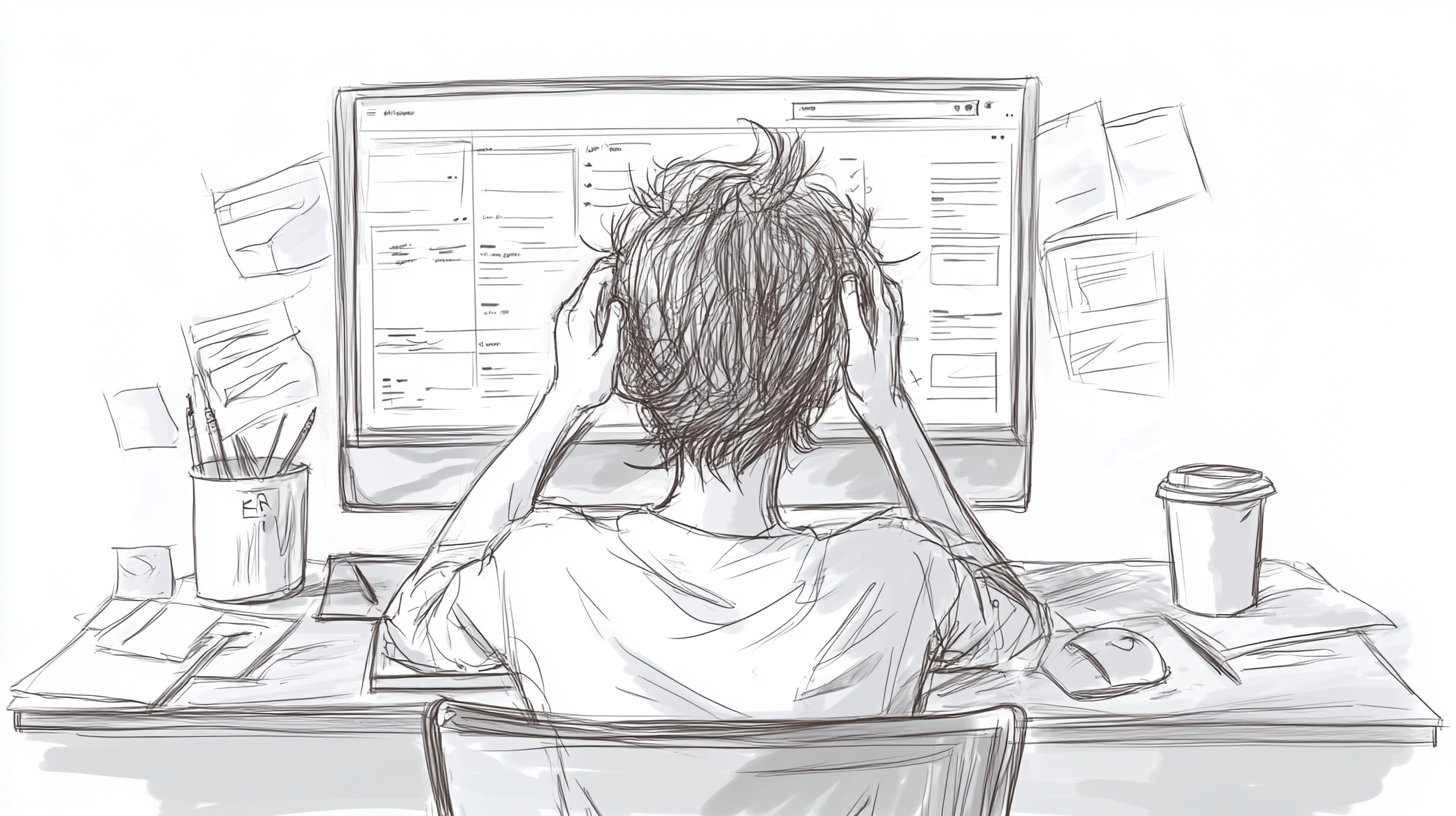The Hidden Costs of DIY Website Design
Creating a website yourself might seem like the perfect solution to save money. With countless drag-and-drop builders and tutorials readily available, it’s tempting to dive in and build your own site. However, while DIY website design may appear cost-effective upfront, it often comes with hidden expenses and missed opportunities that can cost your business far more in the long run. Here’s why enlisting a professional website designer is an investment worth making.
1. Lack of Strategic Design
Professional website designers don’t just create something that looks good – they design with purpose. They understand user experience (UX), brand consistency, and conversion optimisation. A DIY website may lack these critical elements, leading to poor user engagement and lost opportunities to convert visitors into customers. The cost? A potential loss in revenue and reduced brand trust.
2. SEO Shortcomings
Search engine optimisation (SEO) is essential for driving organic traffic to your site. While many DIY platforms offer basic SEO tools, they rarely account for advanced optimisation strategies, such as proper metadata structuring, keyword integration, or page speed optimisation. Without professional expertise, your site may struggle to rank on search engines, leaving you invisible to potential customers.
3. Hidden Platform Costs
DIY website builders often advertise themselves as free or low-cost, but many essential features come with additional fees. From removing ads and purchasing custom domains to enabling e-commerce functionality and enhancing storage, these costs can quickly add up. A professional designer provides a clear budget from the outset, ensuring there are no surprises.
4. Time is Money
Building a website takes time – lots of it. Between learning the tools, troubleshooting technical issues, and refining your design, you may find yourself spending countless hours on your DIY site. For business owners, this is time better spent growing your business or focusing on your core expertise. Hiring a professional allows you to delegate this responsibility to an expert, saving you time and frustration.
5. Limited Customisation and Scalability
Most DIY platforms come with pre-designed templates, which may not fully align with your brand’s identity. They also lack the flexibility to scale as your business grows. A professional designer can create a fully customisable website tailored to your unique needs, with the scalability to adapt as your business evolves.
6. Security Risks
Cybersecurity is a significant concern for any website. DIY builders may not offer robust security features, leaving your site vulnerable to hacks, malware, and data breaches. A professional designer incorporates advanced security measures, ensuring your site and customer data remain protected.
7. Poor First Impressions
Your website is often the first interaction potential customers have with your brand. A poorly designed DIY website can make your business appear unprofessional and untrustworthy. Investing in a professionally designed website ensures a polished and impactful first impression that sets you apart from competitors.
While the initial price tag of a DIY website may be low, the long-term costs can be significant. Missed revenue opportunities, additional platform fees, and the time spent troubleshooting can outweigh the savings. Moreover, fixing or redesigning a subpar DIY website later can cost even more than hiring a professional from the start.
A professionally designed website is an investment in your business’s success. It ensures your site is visually appealing, functional, secure, and optimised for growth. While DIY platforms may seem tempting, the hidden costs and potential pitfalls often make them a less viable solution for businesses looking to make a lasting impact.


No Comments